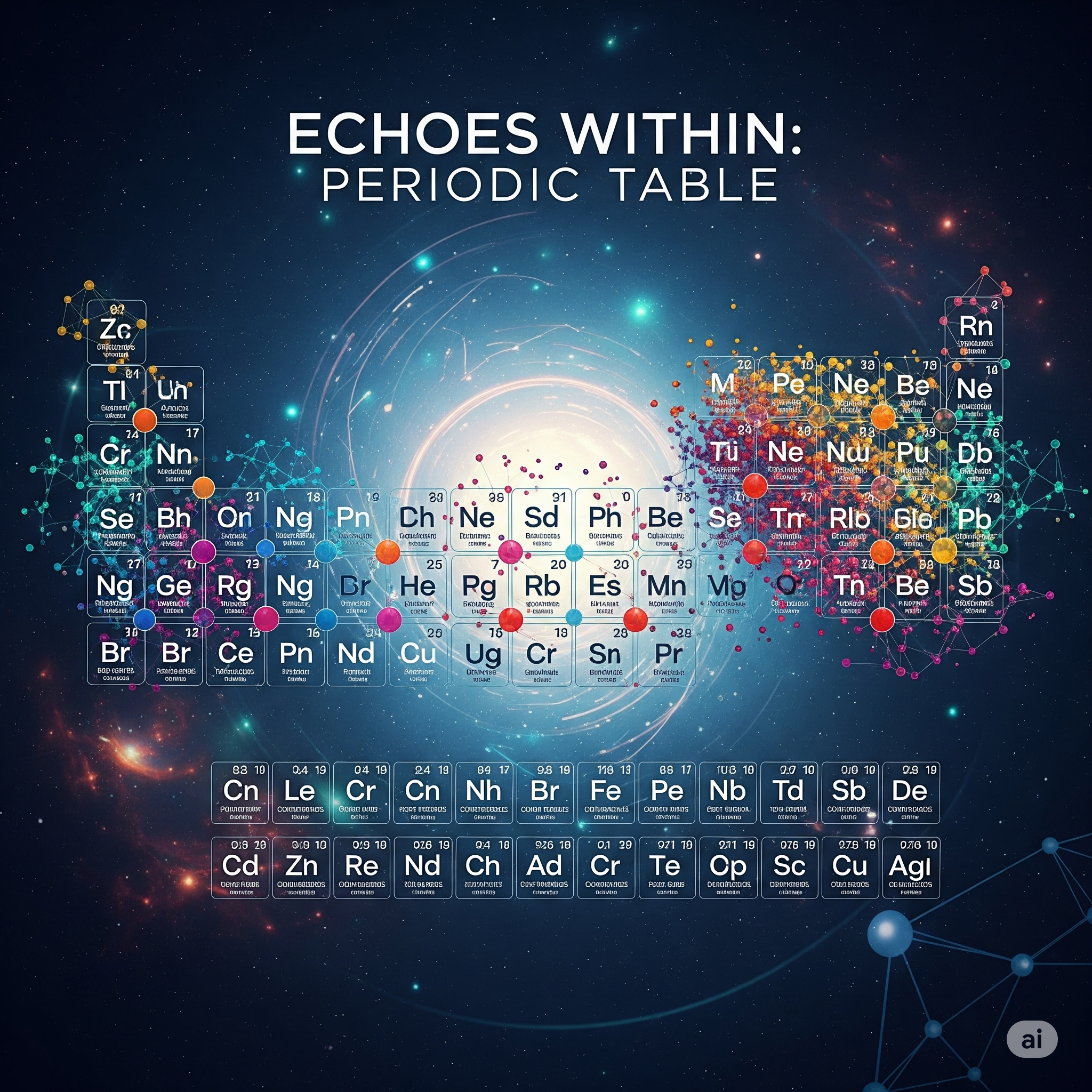
Summary Note: Periodic Table (NEB Grade 11 / Entrance Focused)
Periodic Table:
The Periodic Table is a systematic arrangement of chemical elements based on their atomic number, electron configuration, and recurring chemical properties. It helps predict the properties of elements and their compounds.
🔹 Key Concepts:
-
History and Development
-
Dobereiner’s Triads: Groups of three elements with similar properties; the atomic mass of the middle element is nearly the average of the other two.
-
Newlands’ Law of Octaves: Every eighth element showed similar properties when arranged by increasing atomic mass.
-
Mendeleev’s Periodic Table: Arranged elements by increasing atomic mass; left gaps for undiscovered elements.
-
Modern Periodic Law (Moseley): Properties of elements are a periodic function of their atomic number (not mass).
-
-
Structure of the Modern Periodic Table
-
Periods: Horizontal rows (7 in total).
-
Groups: Vertical columns (18 in total).
-
Elements are arranged based on increasing atomic number.
-
-
Classification of Elements
-
Metals, Nonmetals, and Metalloids.
-
Representative elements (Groups 1, 2, 13–18), Transition elements (Groups 3–12), and Inner transition elements (Lanthanides and Actinides).
-
-
Groups and Their Characteristics
-
Group 1 (Alkali metals): Highly reactive, soft metals.
-
Group 2 (Alkaline earth metals): Reactive metals, less so than Group 1.
-
Group 17 (Halogens): Very reactive nonmetals.
-
Group 18 (Noble gases): Inert gases with full outer shells.
-
-
Periodic Trends
-
Atomic Radius: Decreases across a period, increases down a group.
-
Ionisation Energy: Increases across a period, decreases down a group.
-
Electron Affinity & Electronegativity: Increase across a period, decrease down a group.
-
Metallic character: Decreases across a period, increases down a group.
-
-
Blocks of Elements
-
Based on the type of orbital receiving the last electron:
-
s-block: Groups 1 & 2
-
p-block: Groups 13–18
-
d-block: Transition metals
-
f-block: Lanthanides & Actinides
-
-
🔸 Importance of the Periodic Table
-
Predicts element behaviour.
-
Identifies trends in chemical reactivity and bonding.
-
Serves as a foundational tool for understanding chemical properties and reactions.
